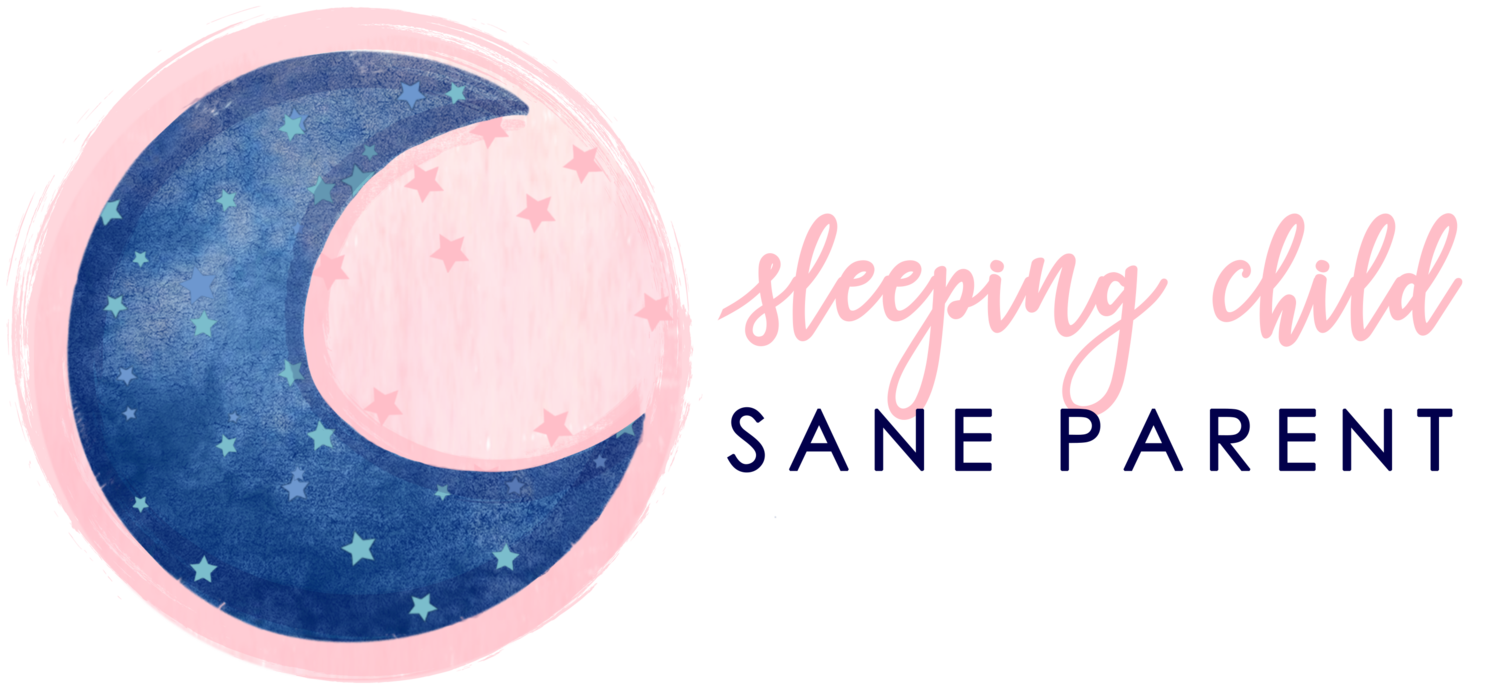Last week I talked all about what makes up a safe sleeping environment, and this week I'm adding on to that by talking about other important elements that help facilitate sleep.
Darkness
We all have a difficult time sleeping when sunshine is streaming through the window, and children are no exception. We want to make the room as dark as possible so that Baby isn't stimulated by anything in her room. Darkness helps Baby fall asleep, stay asleep, and get a break from visual stimulation. If Baby isn't stimulated by things she sees in her room, she has a better chance of giving in to her sleepiness and falling asleep. If Baby happens to wake 30-45 minutes into her nap, she'll have an easier time returning to sleep to complete her nap if the room is dark. And if Baby refuses a nap entirely, she's at least had a rest from visual stimulation.
While darkness is important and helpful for good sleep, it can be difficult to truly darken a room. I have blackout shades in my home, but you can still see every detail of the room when the shades are down. Some ideas for darkening the room include covering the entire window with aluminum foil or black garbage bags (taping all the edges), combining blackout drapes/shades with window tinting, and my personal favorite, blackout window covers. Ideally we want the room dark enough that you can barely see your hand if it is stretched out in front of you -- even in the middle of the day.
The one caveat that I'll offer is that for the first 4-6 weeks of Baby's life, we actually want some sunlight in the room during naptime to help regulate her circadian rhythms. You can read more about what to do during the first few months of Baby's life here.
White Noise
White noise, whether from an app, box fan, or white noise machine, can help Baby stay asleep at naptime and bedtime. The purpose of white noise is essentially just to block out any noises outside of Baby's room that might wake her up. Those noises could be the loud voices of older siblings, the rumble of a blender or vacuum, or even nearby trains and traffic.
Make sure the white noise maker is not too close to Baby, as this makes it less effective. Instead, place the noise maker close to whichever wall or door you anticipate the most outside noise coming through.
If you're worried about your baby being unable to sleep without her noise machine, give her a nap once/week or so without the machine to let her practice sleeping under both circumstances. Choose a time when you don't anticipate much outside noise.
Routines
Finally, establish solid routines for both naptime and bedtime. Consistent pre-sleep routines really help signal to children that it's time to slow down and prepare for sleep. A bedtime routine can be as long as 10-30 minutes, while a naptime routine need not be longer than 3-7 minutes. The naptime routine should be a shortened version of the bedtime routine. If there's any part of your routine that your child doesn't like but which still must be done (like brushing teeth), do that first thing in the routine.
For my toddler, the bedtime routine is bottle/diaper, pj's, book, prayers, and song/cuddles, while the naptime routine is simply book and song/cuddles. Other things you might consider for your routines are a bath, massage, or going over the events of the day (for older children). Make sure to choose things that you can be consistent with most of the time and which make bedtime a joy.
Darkness, white noise, and solid routines are only a small part of what helps babies sleep, so if you're already doing all these things and still having trouble convincing your little one to sleep, there are other changes you can make to get your child on track. Drop a comment below or contact me for further help!


